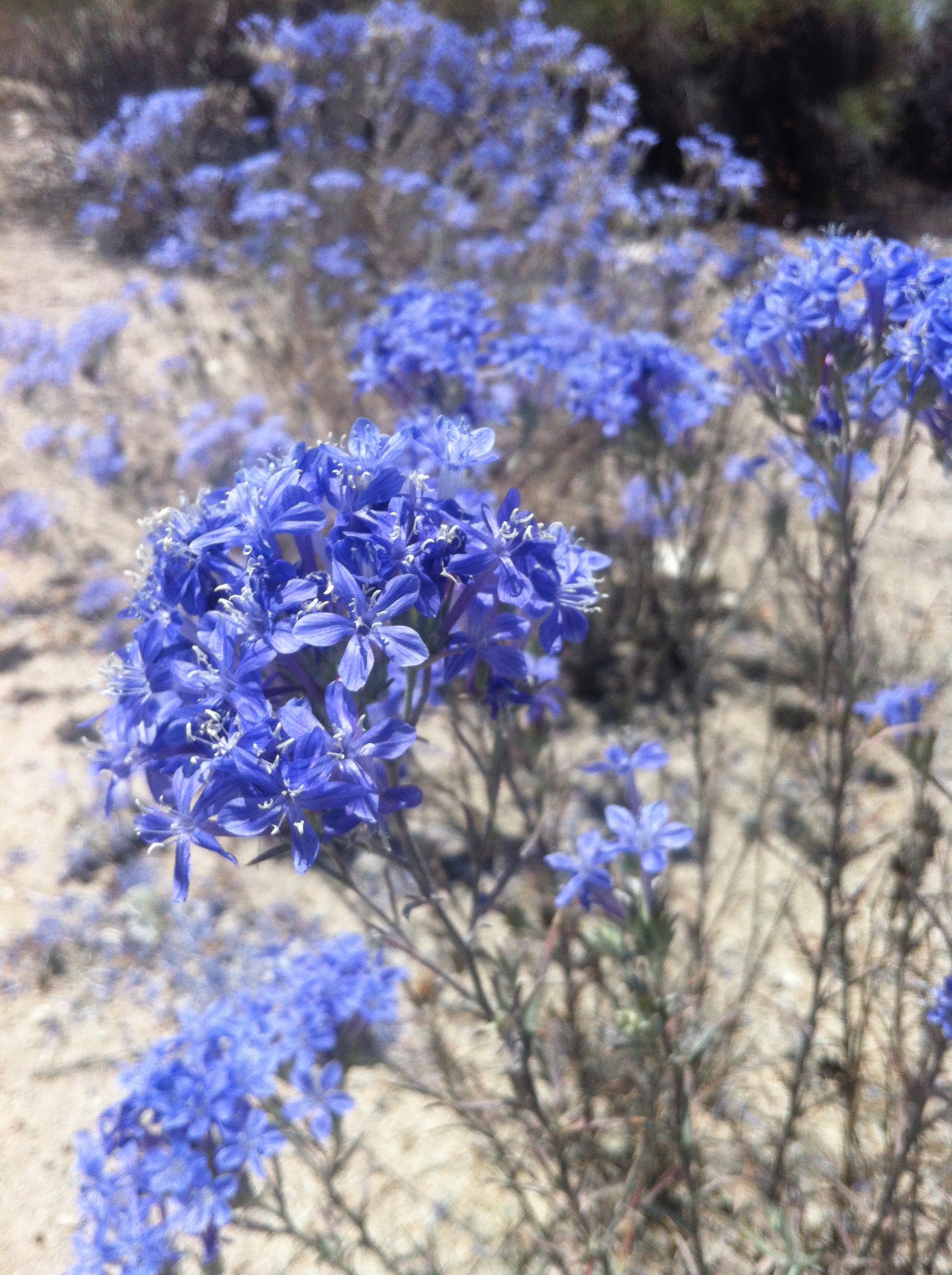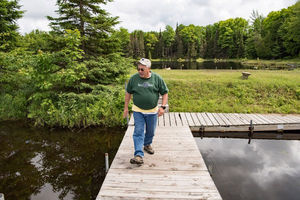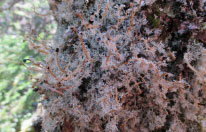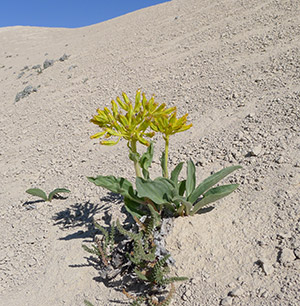Sea level rise could make plants bigger. Then it could kill them.
By FIU 4/3/2019 Larger plants may be the first sign sea levels are rising in the Everglades, according to an FIU study. Beneath the surface, however, the roots of these now larger, moderately salt-tolerant plants like sawgrasses will begin to wither and die if the water gets too salty. If there’s no time for mangroves or other plants to take…





